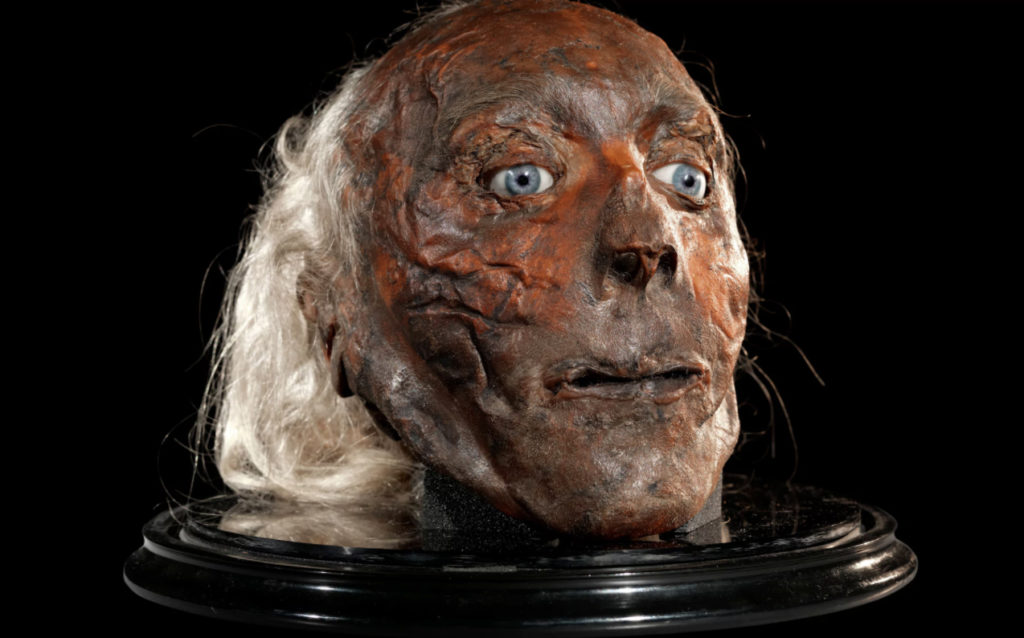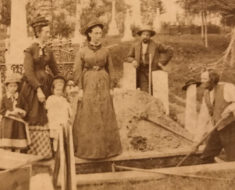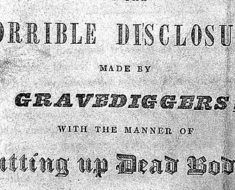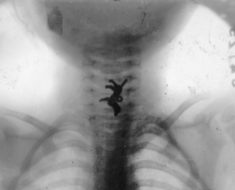I visited Jeremy Bentham’s auto-icon at the Met Breuer today. The museum staff, however, wasn’t familiar with who he was. When I asked two separate people where I could find Jeremy Bentham, both responded by saying, “The bathroom?”
Bentham was not a bathroom. He was an 18th-century English philosopher who founded Utilitarianism and advocated social reform. And he’s currently sitting at the museum, on loan from University College London as part of an exhibit titled Like Life: Sculpture, Color and the Body (1300-Now).
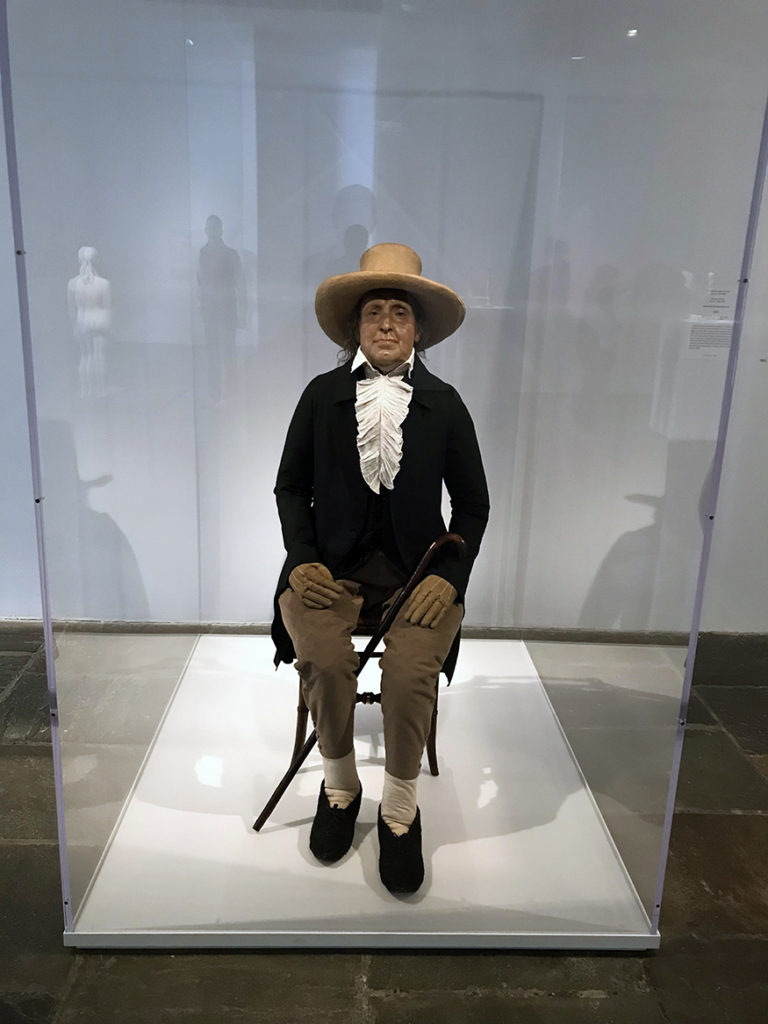
Auto-icon of Jeremy Bentham. On display at the Met Breuer in New York City. Photo by Marc Hartzman.
When Bentham died in 1832 his will requested that his body be dissected to aid science and then be preserved. His skeleton rests inside the seated wax figure seen here. It was his way of rejecting the afterlife and being there, in form, at least, for his disciples or anyone who simply desired his presence. As an atheist, he did not wish to be buried and instead felt he could put himself to use in death.
Bentham, dressed as he was back in his time, sits in his glass cube and stares back at you, perhaps challenging you to question your own philosophy about the afterlife.
His head used to be seen with his body. During the 1932 centenary of his death, an article described it as such:
“On the floor of the case, embalmed or preserved by some means, rests the actual head. Bentham’s features in old age are said to have bespoken serenity, benevolence, and conscious power. What I saw gave no reason to doubt this. The remains were not repulsive or gruesome, yet there was something uncanny, something of extravagant fancy, if not of nightmare, about this strange exhibit.”
Not many years after the reporter’s comments, the head was in fact deemed too repulsive and gruesome for display and was locked away at UCL. However, last October it reemerged for five months to be part of a UCL exhibit, What Does It Mean To Be Human? Curating Heads at UCL.
Based on his desire to be preserved, Bentham would surely have liked his head to have reunited with his body at the Met Breuer. Had it been too disturbing for visitors, staff could have easily directed them to the nearest bathroom.
For more on embalmed heads, see my book: The Embalmed Head of Oliver Cromwell: Memoir.

